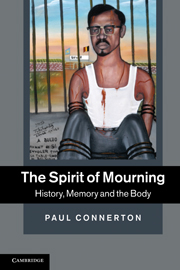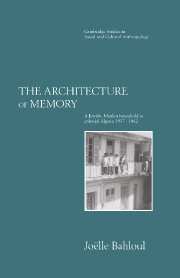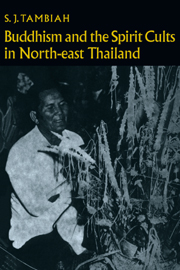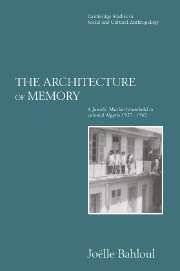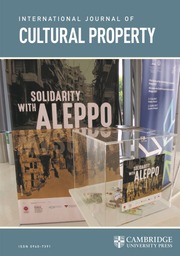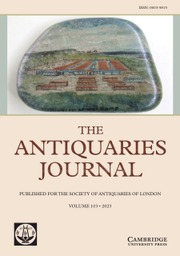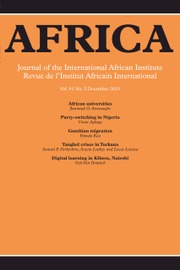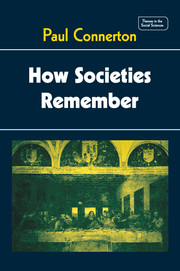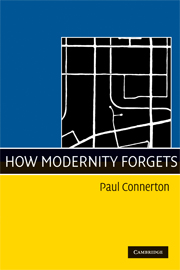The Spirit of Mourning
How is the memory of traumatic events, such as genocide and torture, inscribed within human bodies? In this book, Paul Connerton discusses social and cultural memory by looking at the role of mourning in the production of histories and the reticence of silence across many different cultures. In particular he looks at how memory is conveyed in gesture, bodily posture, speech and the senses – and how bodily memory, in turn, becomes manifested in cultural objects such as tattoos, letters, buildings and public spaces. It is argued that memory is more cultural and collective than it is individual. This book will appeal to researchers and students in anthropology, linguistic anthropology, sociology, social psychology and philosophy.
- Contains an exceptionally wide range of references to marginalised traditions in the West as well as to widely disparate specialist culture-areas outside the West
- Carries forward the breakthroughs accomplished by Merleau-Ponty and Foucault by showing that the priority of the body occurs as memory
- Written by an established Cambridge author who has written two other books on the theme of cultural memory
Reviews & endorsements
Advance Quote: "Drawing on a remarkable range of materials from many cultures and eras, Paul Connerton excavates with deft precision the bodily basis of history, memory, and mourning. Reading this book will change the way you view the trajectory of your life and that of others.” --Edward Casey, Distinguished Professor of Philosophy at SUNY, Stony Brook
Product details
November 2011Paperback
9781107648838
190 pages
228 × 153 × 10 mm
0.31kg
Available
Table of Contents
- 1. The birth of histories from the spirit of mourning
- 2. Seven types of forgetting
- 3. Silences
- 4. Spatial orientation
- 5. Tradition as conversation and tradition as bodily re-enactment
- 6. Tattoos, masks, skin
- 7. Emphatic, mimetic and cosmic projection.

